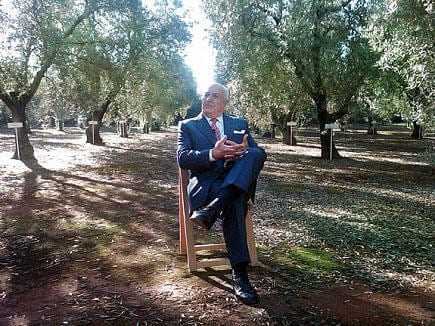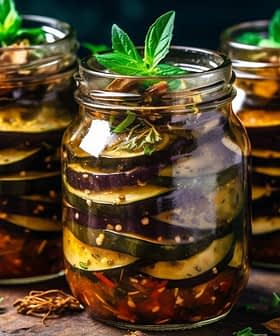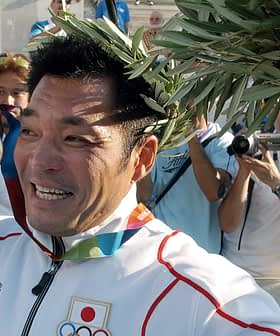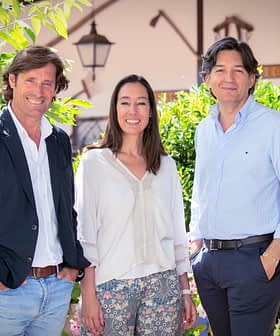
Santiago Herrero
The President of the Confederation of Employers of Andalusia (CEA), Santiago Herrero, and the manager of the Juan Ramón Guillén Foundation, Alvaro Guillén, have signed a collaboration agreement to protect and promote the Andalusian olive groves, not only from the point of view of the quality of olive oil, but also as an environment engine, and a tourism, culture and job creation tool in the Andalusian countryside.
The partnership is designed to help the Foundation’s achieve its targets: an increase in the visibility of the rural environment and olive fields in particular, the formation of a social commitment between its agents and the implementation of research and development activities.
The Foundation Juan Ramón Guillén is made up of professional sectors such as business and university centers, finance companies, agriculture associations and cooperatives. The CEA, the University of Jaén, the College of Agricultural Engineering of Andalusia, Jaencoop and Caja Rural Jaén, are also represented.
The CEA, is the main interlocutor of businessmen in Andalusia, and provides the Foundation its important vision and partnership to develop many projects and opportunities for the rural entrepreneur.
Olive Heritage
Today, one of the larger projects carried out by the Foundation is to achieve the recognition and declaration of the olive grove as a World Heritage. To do this, they have enabled online forums to seek popular support for this initiative.
The Juan Ramón Guillén Fundación headquarters is located in the Hacienda Guzmán, a Sixteenth Century former oil factory, within over 140 different olive tree varieties from five continents — all of them in production.
In this olivoteca, visitors can learn the characteristics of each of the species in a continuous process of research and study funded by the European Union.
There are varieties from Greece, Israel, Turkey and Argentina — each with its particular color, shape, type of branches and fruit.
Throughout the tour, visitors can appreciate the different types of leaves and olives, elongated, horn-shaped, peak- shaped, wrinkled, grape-shaped, cherry-shaped.
“I inherited the love for the land, for the olive trees and their fruit, the olive. I respect and admire the cult of this prodigious juice, extra virgin olive oil, and I am in love with the traditional rites that accompany each of the processes which the olive runs through, from planting to removal,” says Juan Ramón Guillén, president and founder of Aceites del Sur and Ambassador of the Juan Ramón Guillén Foundation.
Mercacei articles also appear in Mercacei magazine and are not edited by Olive Oil Times.








